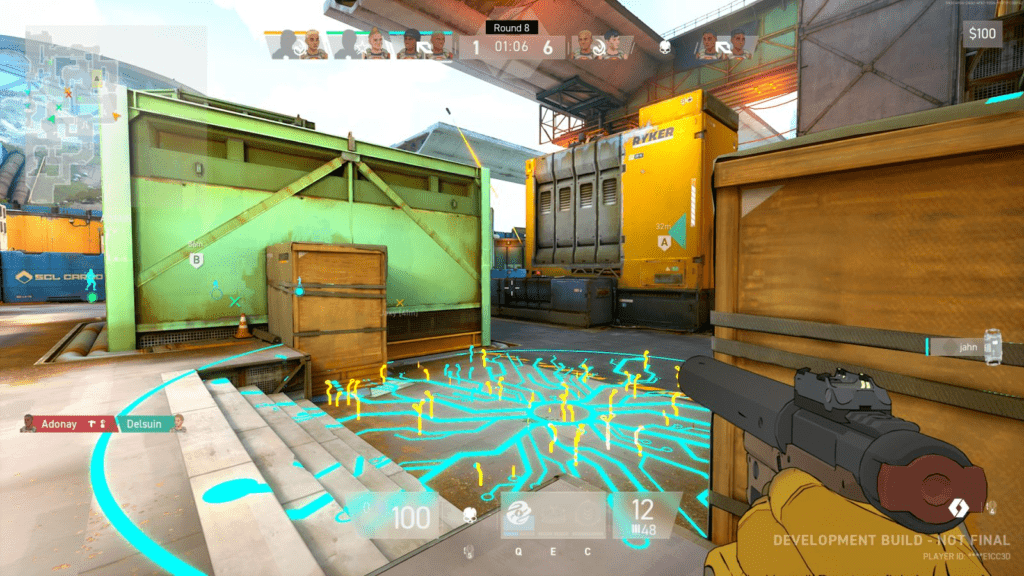
Developer: Mountaintop Studios
Platform: Microsoft Windows
Genre: Action game
Publisher: Mountaintop Studios
Mountaintop Studio’s new game, Spectre Divide, takes the tried-and-true tactical shooter genre and adds modern elements. You have true-to-crosshair ADS with every gun, no movement penalty when shooting, and, of course, the game’s linchpin: you have a second body. Tactical shooters are, in theory, fine-tuned games that demand the tightest of balance due to their high-risk, high-reward moment-to-moment gameplay, so let’s have a look at how these modifications to the tactical shooter formula play out.
Two teams of three compete in the standard game mode, which is the classic attack and defend the bomb sites approach with 14 rounds and a side switch halfway through. However, because each person has two bodies, the ratio is closer to 3(+3) vs 3(+3). The system is called “Duality,” and it works simply: each player has a “puck” that they can throw to move their spectre remotely, but the transfer is not instantaneous. A tether of electricity instantly connects the ghost and the puck, and the spectre quickly moves to the other end, all of which is visible to foes. The distance between the puck and the spectre determines how long the process takes. There are also small zones outlined in blue dubbed “fast recall zones” that speed up the transfer if your puck drops within their borders, but enemies will most likely keep a watch on those locations. The transition between the two bodies is nearly instant, and your inactive spectre will remain hunkered where you left it, alerting you if opponents are running or shooting nearby.
There are several accolades and criticisms to be leveled at the Duality system; let us begin with the latter. Everyone has a second body, whether it’s a rookie player trying out their first FPS or Shoud himself, therefore their skill contribution to the match is doubled. I noted that matches were frequently more sink or swim than other tactical shooters I’d played. Often, one squad would stomp the other. Having one terrible player on a team while everyone else is evenly matched in skill essentially transforms the game into a 4v6 match. A teammate disconnecting (which was often among the opponents I was fighting) is essentially an instant loss. To put it simply, this is not a game you can pick up and play casually; you must enter with a team, climb the ranked ladder to where guys are consistently good, or carry the team on your own. If you do go in as a team, another issue may develop because you can only play with two pals at once.
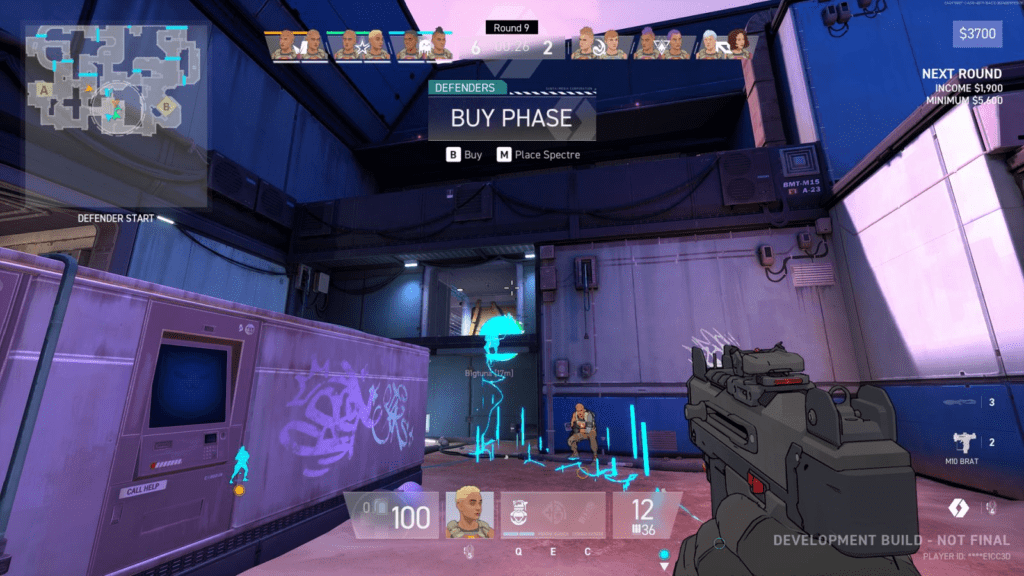
The Duality feature is intended to simulate having another player on your team by alerting you when your unused body detects footfall. There were times when I was on an elevated platform only to plummet down and make a loud “plop” noise, which made me wonder whether I had just alerted every phantom in the vicinity. You must slow-walk everywhere or risk being discovered. Sure, you have to do that in Counter Strike or Valorant, but the turtle-like pace with which you plod forward makes the game feel glacially sluggish. It also feels cheap to be discovered by an inactive body hiding behind a box while attempting to assist your comrades fighting at the other bomb site. In other games, putting a player in a unique location in the hopes of catching someone off guard would be a risky move, detracting from the team’s collective strength in the hopes of paying off. It is the cherry on top of the Spectre Divide experience.
Constantly worrying about setting off these alarms completely contradicts the fast-paced features that Spectre Divide introduces: the mix of looking down sights and no accuracy penalty for firing while moving. As a result, the gameplay experience felt disconnected and, strangely, divided, as if the game had two sides that were supposed to combine but couldn’t fully do so.
On the subject of being noticed, relocating your spectre is simple, but foes will frequently notice where it is going. Remember that the spectre moves down a visible line on the ground, and you are not in charge during that period, therefore there is no stopping to check corners, identify adversaries, or play tactically; only point A to point B.
Having said that, when duality works, it works exceptionally well. It’s quite cool to have your spectre positioned to cover you, baiting gunfire from the opponent, switching bodies, and bringing them down cleanly. It also results in some entertaining fake-out gameplay in the early stages of the contest. You might have two teammates attack A and make a lot of noise, then move to B and bring your spectres with you. You may also take it a step further by attacking A, then quieting down and convincing them that you were faking it. This game is perfect for anyone who enjoys playing mind games with their opponents.
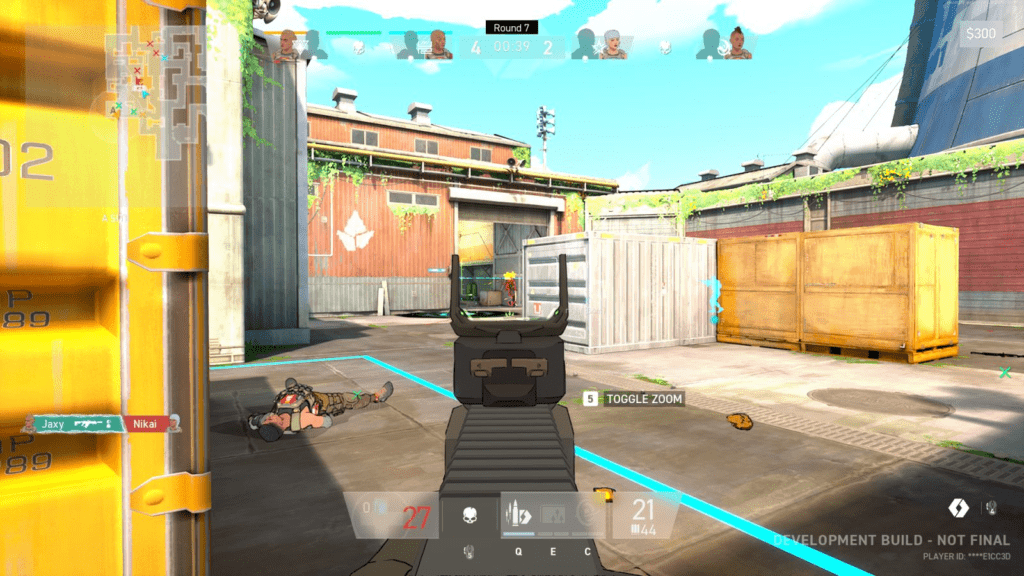
Sponsorship is another key component of Spectre Divide. Before each match, everyone will select one of six sponsors, with a maximum of one of each per team, ensuring no stacking. Once picked, you’ll gain access to a corresponding set of skills to perform during the match, one of which is cooldown-based and the rest of which require charges to purchase. These powers are hit-or-miss, ranging from beneficial, innovative additions to obviously obnoxious.
One of the sponsors, Ghostlink Collective, allows you to send out a clone known as a “dupe” that reveals any enemy who shoots it. I’d sent out dozens of dupes, and rarely had anyone seen through the ruse. When you move your spectre, Ghostlink automatically replaces it with a duplicate. Why would they include this in a game where even the slightest misplay results in death? Another sponsor, Bloom Technologies, allows you to rapidly deploy a four-section, semi-transparent barrier, which can significantly slow down the tempo of a shootout. I should also emphasize that players can create their own characters, so you can’t identify which enemies have which sponsors right away. Good luck creating detailed callouts.
While none of the sponsors are powerful, their individual contributions might add up in a difficult fashion. For example, visual distortion effects can completely fill the screen. It is feasible to play around them, and positioning around smokes is standard procedure; but, dealing with multiple smoke, vision-blocking partition walls, dead zones that jumble your view, and traps may be a real headache. Traps feel cheap since they must be shot or triggered to be disarmed, requiring you to give away your location for free if you wish to progress. Other times, you’ll walk right into the trap because it was unseen or tucked behind a corner, and it appeared too quickly before you could react.
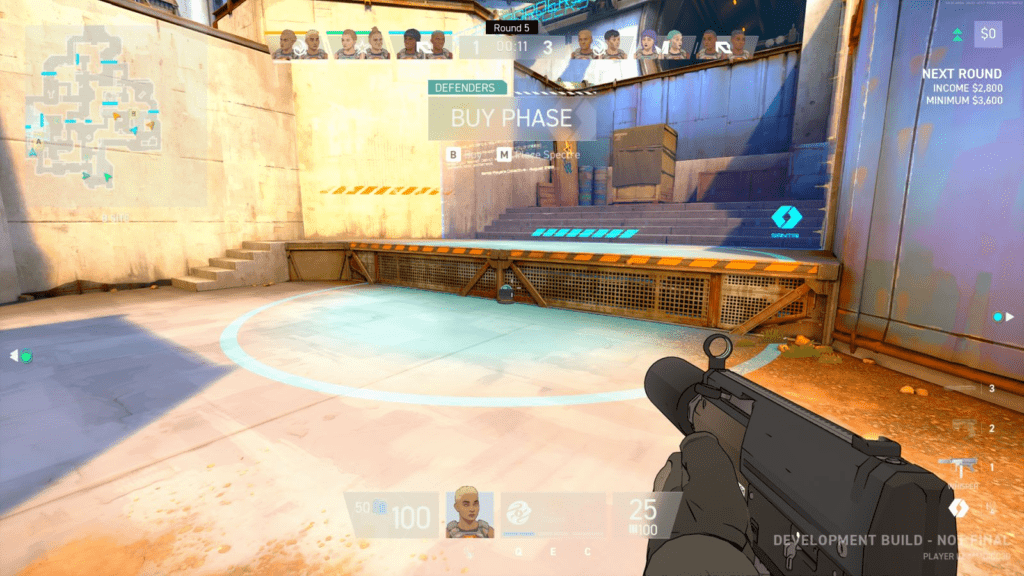
Did I mention there are several powers that can see past walls? Two of these are sponsored by Umbra Reconnaissance. One is a throwable drone that shows everyone around where it lands. The other is a heartbeat scanner that can detect through walls. If you discover somebody, instantly switch to your spectre and use an AOE blinding effect. All of this may appear insignificant to those coming from Valorant, but it feels insurmountable to those coming from Counter-Strike.
Still, there are some useful abilities, like as Morrgen United’s smokeshift, which may be alt-fired to send your spectre with it. Sponsor Pinnacle International offers a stim that heals your primary body while your other body acquires vision, making adversaries stand out against the background while ignoring weapon move speed penalties. Muu Robotics offers a throwable “hyper dome” with a light shield to create a speedy recall zone. This kind of balanced, wholesome connection with the spectre system is something I hope more abilities could achieve. I also have to commend the sponsor’s creative direction, since each one stands out with its unique design.
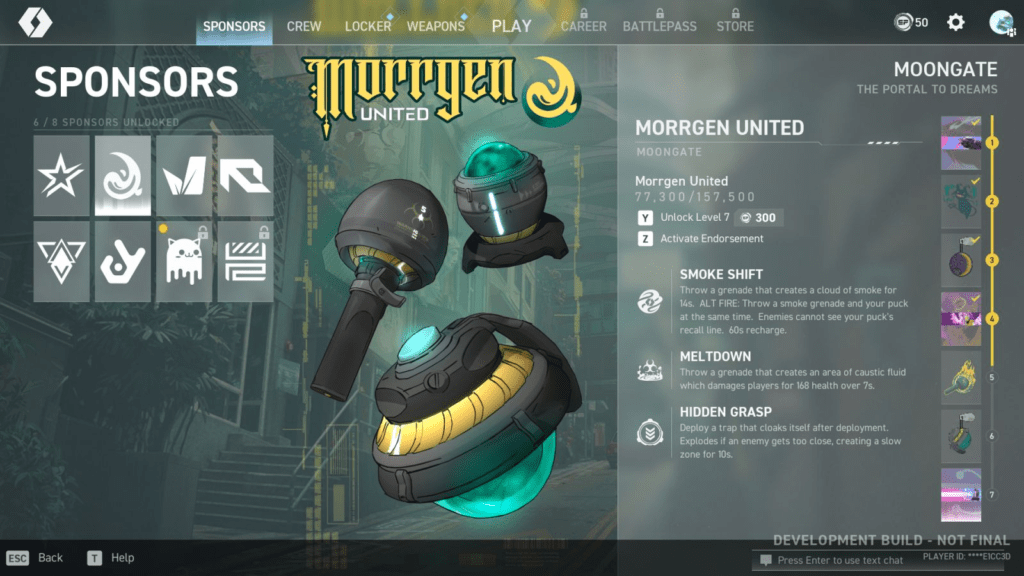
At the start of the game, you have around 25 seconds to purchase charges for your sponsor ability, body armor, and two guns for yourself and your spectres. There are five tiers of weapons, each with a keystone gun for your main body and three separate guns that fire at your spectre. To be honest, it seems like gun tiers are improving by an order of magnitude. The first few tiers are save buys, and using them seems like a significant disadvantage to anyone with tier four or five. The early tiers aren’t useless; you can still kill with them, but I found the vast majority of them unpleasant, and the tier four and five weaponry outperformed them in every way. The variance between weapon tiers is due to handling differences. Early-tier weapons have significant horizontal recoil patterns and an ungainly punching motion. Then there are the tier four automatic guns, which seem smoother with the exception of the Reaver, which is a one-shot headshot and so has understandable strong recoil.
Even if you locate a good gun in the early tiers, it may be linked to a pistol you despise. For example, I prefer the Cyclone, the only fully automatic assault weapon in the first three levels, and I believe it will be a popular favorite. However, it is paired with an incredibly close-range shotgun that makes its user appear like a deer in the headlights in any combat longer than 10 meters, as well as a light machine gun that feels janky due to its slow rate of fire, recoil, and damage profile. To be honest, I only saw the shotgun and LMG utilized a few times over my 50 hours of gameplay. The final gun option available with the Cyclone is a decent one-tap-to-the-head semi-automatic assault rifle, which is clearly my preferred choice. Even still, I wish I could just buy two Cyclones, but the game compels me to change my playstyle for no apparent reason. If they wanted to prohibit players from exploiting late-tier weapons, they could simply limit purchases for the last two tiers or specific weapons. However, the spectre system is designed to imitate having another player, so why can’t we just buy the weapons we want individually?
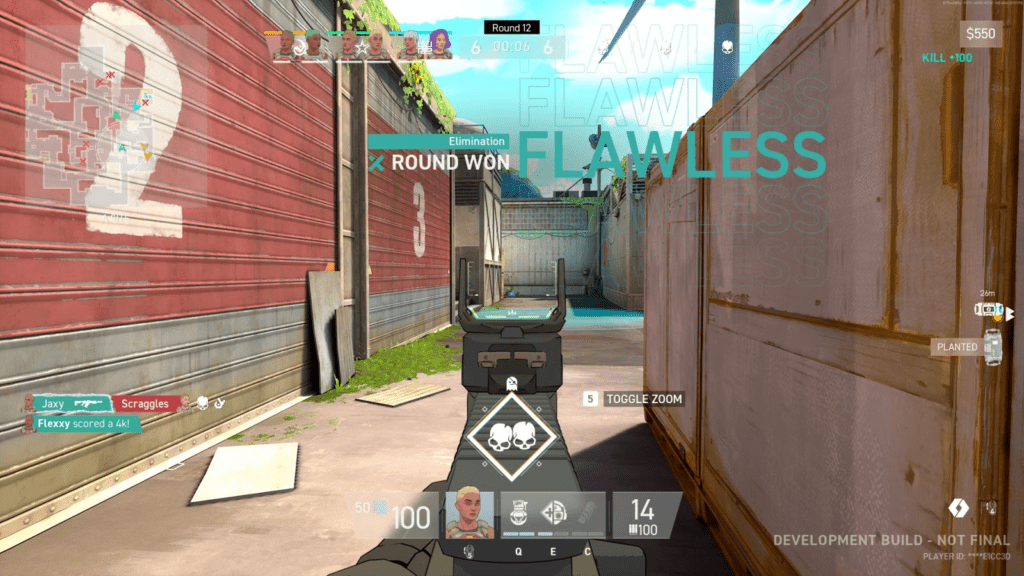
This is the type of game where you must land headshots every time. In addition to being good practice, headshots are useful since opponent armor will transform your early-tier weapons into wet pool noodles if you land body shots. I’ve had several situations in which a teammate or I lit up an enemy before they even noticed us, and they turned around and returned fire, resulting in instant death. It appeared that I had utterly pounded them, but their armor was too strong. On another point, the peeker’s advantage can be ridiculous; on some occasions, I died before seeing who shot me.
Aside from that, there’s a noticeable lack of feel while shooting at and striking players; it’s as if I’m shooting a wall. I attribute the problem to a combination of strong body armor and poor hit sound feedback. Perhaps there is a problem with hit registration as well, since I have shot someone right in the head and saw the blood spurt only to have the death report state that I did not land the shot.
When zeroing down on a single weapon, the reticle becomes hazy after each shot or when aiming down sights after running with the Prototype-OP – this game’s AWP – and you must wait for it to fade back in before your shot is correct. This might lead to awkward occasions when you’re attempting to switch to a different target but your scope remains fuzzy. It might only be a half-second, but it feels like a long time. I believe they should have related the rifle’s readiness to the chambering animation rather than the scope unblurring; it would have seemed less jarring.
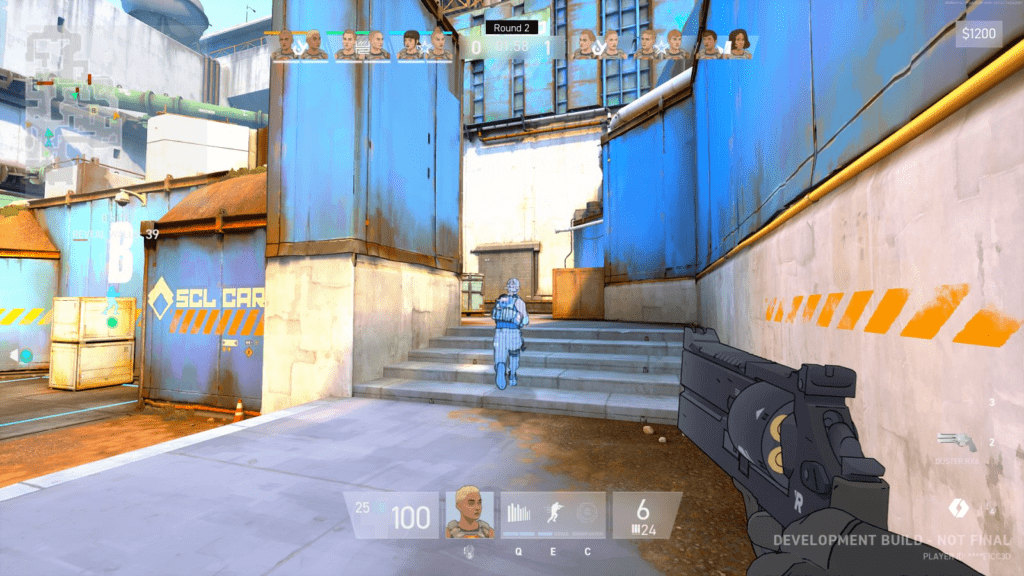
The game’s gunplay and choices may leave something to be desired, but it does offer some excellent convenience features. During the purchase phase, you can quickly teleport and position both bodies to wherever you want within the starting borders, and each body’s gun is identified. You can also see where your colleagues’ bodies are positioned, making it easy to coordinate and guard objectives. Speaking of teamwork, you can see exactly where your allies are shooting thanks to laser pointers that are exclusively visible to your squad. I appreciate this feature since, in an age when it appears that fewer and fewer people are using communications, it simplifies coordination. My crew and I could approach a bomb site tactically, without saying anything.
There is a decent gun range where you may practice your shooting skills. There are several targets that can assume three shapes: large red circles, little red circles, and human-shaped cutouts. These targets can be altered using various options, such as having a new one appear every time you shot one down, preventing them from dropping completely, or altering the distance they’re standing at. In a good touch, the targets around the range indicate bullet holes, making understanding recoil patterns simple. There is also a stationary player model hanging out in a corner for practice. I call him Keith. Anyway, I was thrown off the range for going “AFK” while shooting at him; that should be polished up. Regardless, I believe Keith needs a few companions to keep him company, preferably in their own range, pacing back and forth, and wearing varied armor so I can see how shots strike at various points of the game. The cardboard cutouts are adequate, but players require accurate targets to shoot at.
I played on three maps: Skyway, a building site beneath a freeway; Mill, a dilapidated industrial research center; and Metro, a huge public transportation system. Each map has a few elements to base moves around, such as a door that only opens from the attacker’s side or a window through which you may toss your puck. Overall, the maps are adequate, although I found that attackers frequently claimed victory over defenders on Mill and Metro. One issue with Metro is that the B-site is far too accessible, and my squad would avoid it like the plague when attacking. We would push A and mid every round, and it was generally effective.
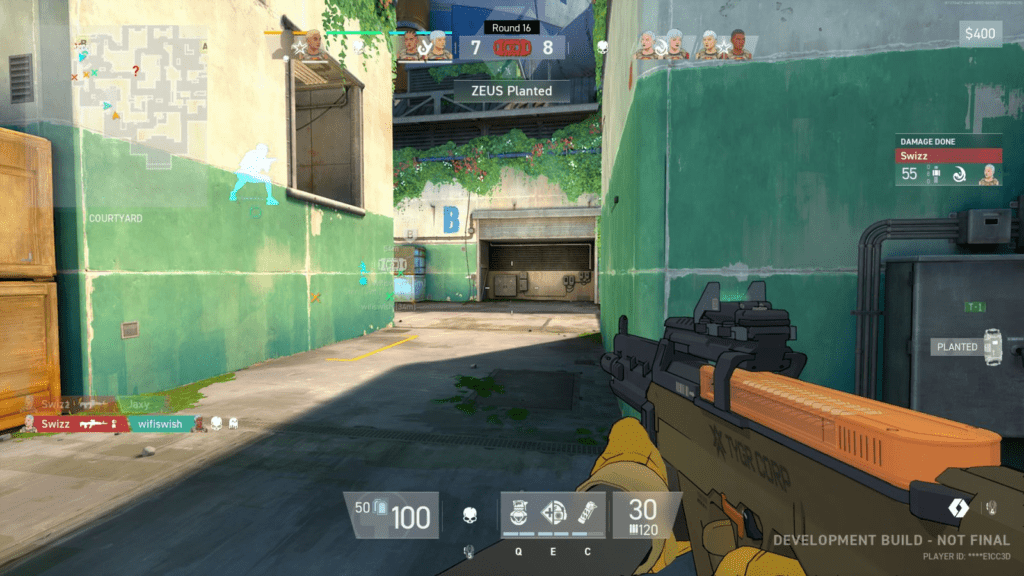
The attacking team enjoys an edge in the shape of a temporary reveal wall, which highlights defenders who pass through. The land it covers encompasses a large portion of the map around the attacker’s spawn, making it nearly impossible to push or lurk until the wall falls after 40 seconds. One may argue that the expose wall is a necessary evil because allowing defenders to push would result in attackers losing a few inactive spectres, but I believe it is a flaw in the specter system as a whole. If your basic game mechanism requires you to handicap defense in order to provide attackers with a balanced match, it may require longer time in the oven. Furthermore, most attackers will simply gang up and strike a single site, knowing that defenders must scatter their spectres. Furthermore, defenders could not simply run up and kill the unprotected spectres; they had to sneak close or risk being detected.
Graphics are another important aspect of Spectre Divide. The cel-shaded style is intended to enable for clean reads, but I have to disagree. Part of the problem stems from the character design, as distinguishing allies from enemies is frequently difficult. I shot at teammates, and teammates shot back, even after I changed the enemy outline colors. In gunfights, the visual feedback is good, if not a touch too vivid, with large amounts of blood gushing from your target’s wounds and a bright yellow flash expanding.
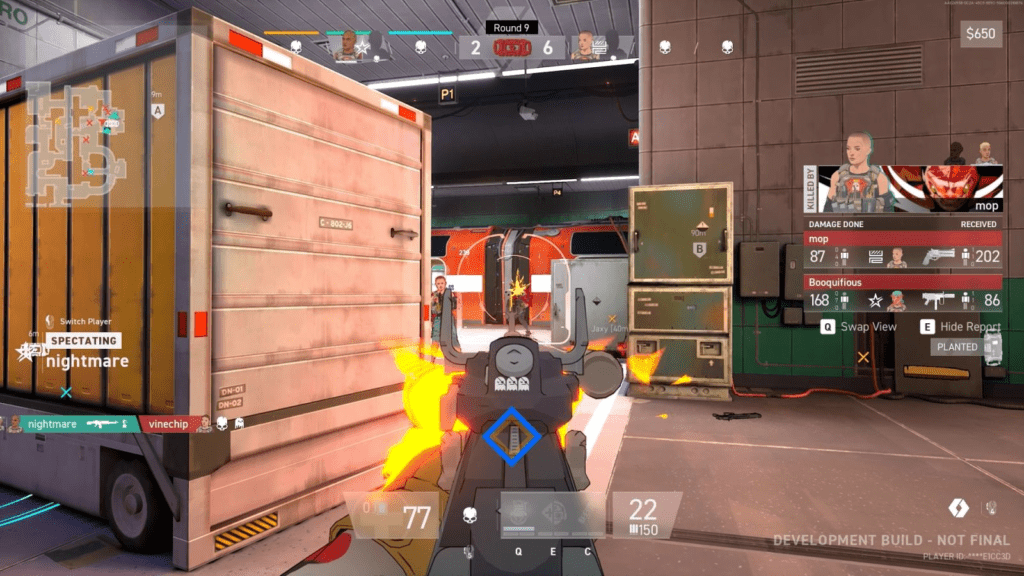
Moving on to Spectre Divide’s unique social element, everyone who plays the game is instantly assigned a “crew”. Players will compete weekly for points by playing matches with other members of their crew, regardless of whether they win or lose. Of course, if you perform well, you may be selected to a more advanced crew in the future. Players can gain account level XP, a badge next to their name, and rewards at the conclusion of the season simply by playing consistently. The system itself is a strong feature, offering players a compelling reason to continue grinding beyond their pleasure of the game. Every time I saw the purple icon next to my name indicating my loyalty to my team, it made me smile.
To summarize, Spectre Divide has a lot of potential, but the game currently feels unrefined and out of sync with itself. The Duality system’s slow, methodical feel clashes with gunplay that invites the player to exploit its rapid, aggressive nature, resulting in matches that feel sluggish and discordant. Add in hit-or-miss sponsor powers and a mediocre weapon selection, and you’ve got an intriguing premise that just doesn’t perform consistently. I’m sure this game will have its own specialized group, but many tactical shooter players will feel like they’re being forced to fit into a triangle hole. However, I’m excited to see how this diamond in the rough looks after a year or so of polishing.
Review Overview
Gameplay – 65%
Controls – 62%
Aesthetics – 70%
Content – 68%
Accessibility – 60%
Value – 65%
Overall Rating – 65%
FAIR
Summary: Spectre Divide: Double or Nothing shows promise with its strategic gameplay and atmospheric visuals but ultimately falls short in execution. The repetitive gameplay, lackluster controls, and limited content make it hard to fully recommend. While it might appeal to dedicated fans of the genre, the game doesn’t do enough to stand out or maintain interest over the long term.

